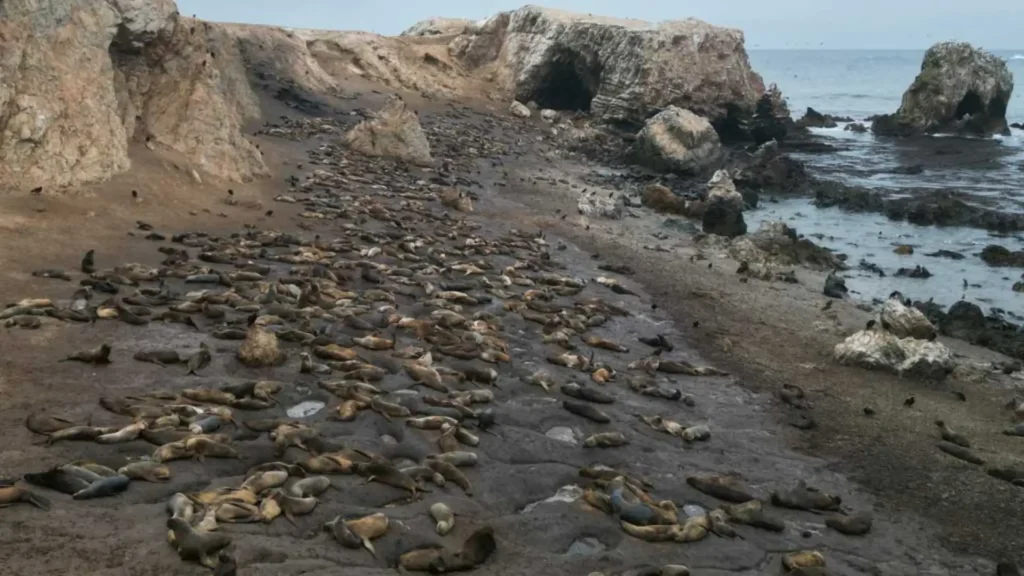Peru’s iconic coastal guano birds are facing a deepening crisis as their population has plummeted by more than 75% in just three years, scientists warn. Once numbering in the millions, these seabirds—vital to Peru’s ecosystem and economy—are under threat from a perfect storm of climate change, disease outbreaks, and overfishing.
Why It Matters
Guano birds, including cormorants, boobies, and pelicans, are not only crucial to the coastal ecosystem but also produce guano—an organic fertilizer that has supported Peruvian agriculture for decades. With their numbers declining, the sustainability of this natural resource is now at risk, impacting both biodiversity and livelihoods.
What’s Happening?
- According to AgroRural, Peru’s state agency, the guano bird population dropped to approximately 529,400 in early 2025, down from 4 million in 2022.
- The birds are spread across 22 islands and 8 coastal points along Peru’s central Pacific coast.
- At the Punta San Juan reserve, scientists recorded just 200,000 guano birds, 2,500 Humboldt penguins, and 11,000 sea lions—a dramatic decrease from past counts.
Causes of the Decline
- Avian Flu Outbreak (2022)
A deadly wave of avian influenza wiped out tens of thousands of birds, sea lions, and penguins. - El Niño Impact (2023)
The weather phenomenon disrupted marine ecosystems, causing birds to migrate in search of food and more stable environments. - Overfishing of Anchoveta (2024)
The anchoveta fish—a primary food source for seabirds—was heavily fished after authorities set the highest quota in seven years. Scientists argue this decision has starved both birds and marine mammals of their dietary staple.
What Scientists Are Saying
“We are very alarmed by this sharp decline,” said Susana Cardenas, director of the Environmental Sustainability Center at Peru’s Cayetano Heredia University.
Cardenas, who monitors wildlife at Punta San Juan, called these birds “golden egg-laying hens”, noting their ecological and economic value.
She warned that continued population decline could threaten the five-year guano harvest cycles, which are government-controlled and essential for producing organic fertilizer used domestically and exported.
Other Wildlife at Risk
Beyond guano birds, the crisis is also affecting:
- Humboldt penguins, which are already classified as vulnerable. Cardenas warned they could face extinction within 100 years if stronger protections are not implemented.
- South American sea lions, which rely on the same disrupted food chains along the Pacific coasts of Peru and Chile.
Government Response
- Peru’s Agriculture Ministry has yet to comment on the crisis.
- Authorities defended their decision to increase anchoveta quotas in April, citing “larger populations,” but biologists argue that those estimates may be misleading and unsustainable.
Conclusion
The dramatic drop in Peru’s guano bird population is a stark warning of how interconnected climate events, disease, and human exploitation can endanger not just biodiversity, but economic stability. Unless immediate steps are taken to address overfishing, restore ecosystems, and expand protection zones, the region’s delicate marine life could face irreversible damage.
